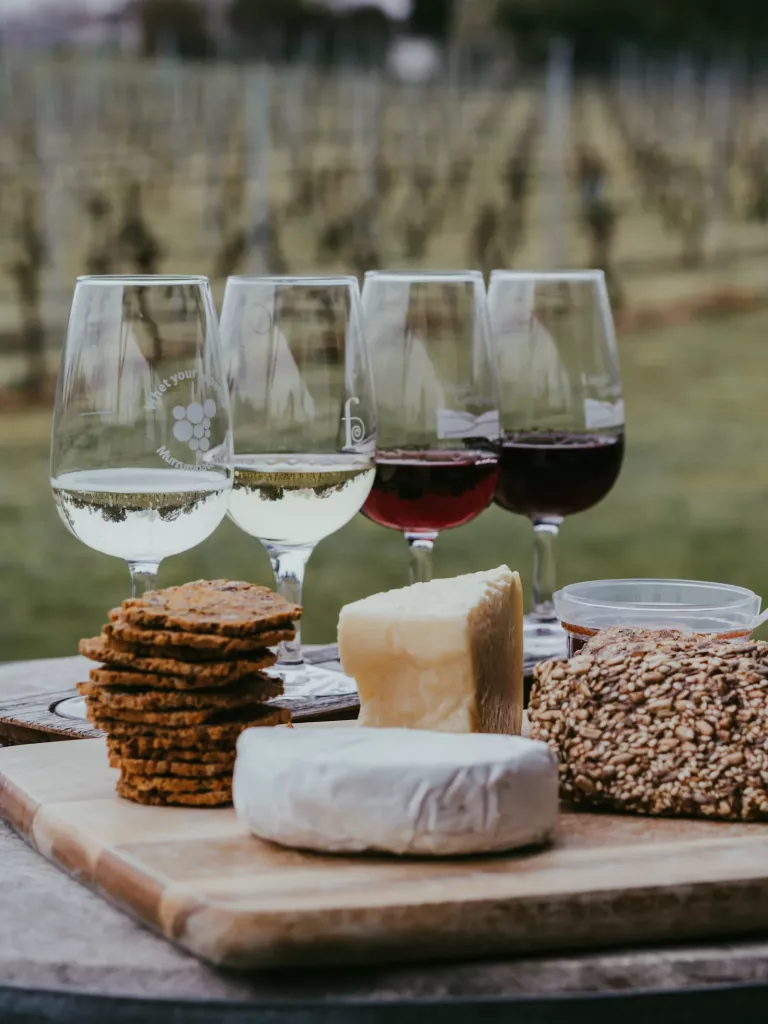Let yourself be seduced by Latin blood
South American Wine Valleys (ARG – CHI)
Terroir, history and mountains
South America is home to several wine-producing countries, each with its unique wine regions, grape varieties, and wine styles.
Each of these South American countries offers unique wine experiences, and their wines are becoming increasingly recognized on the international stage. While certain grape varieties dominate in each region, you can also find experimentation with other varieties as the South American wine industry continues to evolve.
Chilean Wines (CHI)
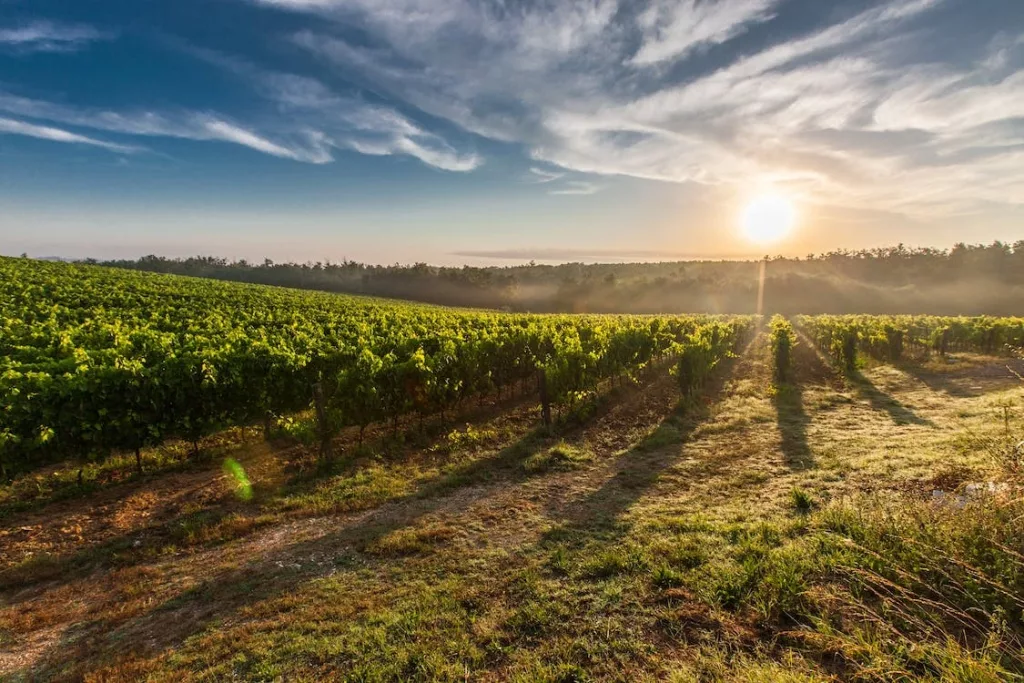
Chile is renowned for its high-quality wines, and its wine industry has gained international recognition over the years. The country’s diverse geography, climate, and terroirs provide an excellent environment for grape cultivation, allowing for the production of a wide range of wine styles.
Chile produces a variety of grape varietals, with a strong focus on red wines. Some of the most notable grape varieties include Cabernet Sauvignon, Merlot, Carmenere, Pinot Noir, and Syrah for red wines, and Sauvignon Blanc, Chardonnay, and Riesling for white wines.
Carmenere is a grape variety that was thought to be extinct until it was rediscovered in Chile in the 1990s. It has since become the country’s signature grape, producing rich and spicy red wines.
Chile’s wine regions are diverse, but some of the most well-known areas include the Maipo Valley, Colchagua Valley, Casablanca Valley, and Aconcagua Valley. Each region has its own microclimates and terroirs, resulting in unique flavor profiles in their wines.
Chile’s geography provides a wide range of terroirs, from coastal areas influenced by the Pacific Ocean to the Andes Mountains. These varying conditions contribute to the complexity and diversity of Chilean wines.
Many Chilean wineries are dedicated to sustainable and organic farming practices, producing wines with minimal environmental impact.
Chilean wines are known for offering excellent quality at a variety of price points. You can find affordable Chilean wines that provide great value as well as high-end, premium wines.
Chilean wines are exported all over the world and are known for their consistency and value, making them popular choices for wine enthusiasts.
When exploring Chilean wines, it’s a good idea to try wines from different regions and grape varieties to fully appreciate the diversity of this wine-producing country. Whether you’re looking for an everyday wine or a special occasion bottle, Chile has a lot to offer for wine lovers.
What to visit?
Maipo Wine Valley
The Maipo Valley is one of Chile’s most renowned and historic wine regions. Located just south of Santiago, the country’s capital, the Maipo Valley is considered the birthplace of Chilean wine, and it has a long and storied winemaking tradition dating back to the 16th century.
The Maipo Valley is part of the larger Central Valley wine region in Chile. It benefits from a Mediterranean climate with warm summers, mild winters, and a dry growing season. The Andes Mountains to the east and the Coastal Range to the west have a significant influence on the valley’s climate, creating ideal conditions for grape cultivation.
The Maipo Valley is known for producing exceptional Cabernet Sauvignon wines. The combination of climate and soil is particularly well-suited to this grape variety, and it often yields rich, full-bodied, and complex red wines. In addition to Cabernet Sauvignon, the region also cultivates Merlot, Carmenere, Syrah, and Chardonnay, among other varieties.
Some of Chile’s most prestigious wineries and vineyards are located in the Maipo Valley. These wineries often offer tours and tastings, providing visitors with the opportunity to learn about the winemaking process and sample a variety of wines. Prominent wineries in the area include Concha y Toro, Santa Rita, Cousiño-Macul, and Viña Undurraga, among others.
The Maipo Valley played a significant role in the early history of Chilean winemaking. European grape varieties were first introduced to the region by Spanish conquistadors in the 16th century. Over the centuries, the valley has continued to evolve and modernize its winemaking techniques while maintaining a deep connection to its viticultural heritage.
The Maipo Valley is a popular destination for wine enthusiasts and tourists. Many wineries offer guided tours, tastings, and even wine and food pairings. The proximity to Santiago makes it easily accessible for day trips or longer wine-focused vacations.
The Maipo Valley’s reputation as a premium wine region continues to grow, and it remains an essential part of Chile’s wine industry. Wine lovers visiting Chile often include the Maipo Valley on their itineraries to explore its rich wine heritage and enjoy its exceptional wines.
Casablanca Wine Valley
The Casablanca Valley is one of Chile’s most distinctive and rapidly growing wine regions. Located near the Pacific Ocean, this valley has gained recognition for its cool climate, which is ideal for producing high-quality white wines, particularly Sauvignon Blanc and Chardonnay, as well as some excellent Pinot Noir.
The Casablanca Valley is situated between the Coastal Range and the Andes Mountains, not far from Chile’s capital, Santiago. Its proximity to the Pacific Ocean makes it a cool-climate wine region. The ocean’s influence helps moderate temperatures, resulting in a longer growing season and slower ripening of grapes. This climate is particularly well-suited for white grape varieties.
Casablanca Valley is renowned for its Sauvignon Blanc and Chardonnay wines. The cool climate allows these grapes to develop vibrant acidity, intense aromatics, and a crisp, refreshing character. Additionally, Pinot Noir thrives in this climate, producing elegant and aromatic red wines.
Many prestigious wineries have established themselves in the Casablanca Valley, producing high-quality wines. Some notable wineries in the region include Casas del Bosque, Kingston Family Vineyards, Matetic Vineyards, and Emiliana Organic Vineyards, among others. These wineries often offer tours and tastings, providing visitors with insights into their winemaking processes.
The Casablanca Valley has a strong commitment to sustainable and organic viticulture. Many wineries in the region prioritize environmentally friendly farming practices, resulting in wines that are not only delicious but also produced with a focus on sustainability.
The Casablanca Valley has become a popular destination for wine tourism, offering stunning vineyard landscapes and picturesque wineries. Visitors can enjoy guided tours, tastings, and even wine and food pairings while taking in the beauty of the valley.
The region’s wines, especially Sauvignon Blanc and Chardonnay, pair wonderfully with seafood dishes, given their bright acidity and fresh character. The Casablanca Valley’s white wines also complement a variety of other cuisines, making them versatile choices for pairing.
Overall, the Casablanca Valley has established itself as a significant player in Chile’s wine industry, celebrated for its distinctive cool-climate wines and commitment to sustainable practices. It’s a must-visit destination for wine enthusiasts exploring Chile’s wine regions.
Colchagua Wine Valley
The Colchagua Valley, located in the Central Valley of Chile, is one of the country’s premier wine regions. It is renowned for its exceptional red wines, particularly Cabernet Sauvignon, Carménère, and Syrah, as well as some excellent Merlot and Malbec.
The Colchagua Valley is situated in the southern part of the Rapel Valley within the Central Valley. It benefits from a Mediterranean climate with warm, dry summers and mild winters. The region’s location, surrounded by the Coastal Range to the west and the Andes Mountains to the east, creates favorable conditions for grape cultivation.
Colchagua Valley is best known for its red grape varieties, especially Cabernet Sauvignon and Carménère. Carménère, in particular, has found a second home in Chile, where it was rediscovered after being thought extinct in Europe. Additionally, Syrah, Merlot, and Malbec are also successfully grown in the valley.
The Colchagua Valley is home to numerous wineries, many of which are renowned for producing premium wines. Some well-known wineries in the region include Montes, Viña Santa Cruz, Lapostolle, Viu Manent, and Clos Apalta. These wineries offer tastings and tours, providing visitors with insights into the winemaking process.
The Colchagua Valley has become a popular wine tourism destination in Chile. Wineries offer tours of their vineyards and cellars, as well as tastings of their premium wines. Many wineries also have on-site restaurants that pair their wines with local cuisine.
The valley’s red wines, particularly Cabernet Sauvignon and Carménère, pair excellently with grilled meats, hearty stews, and other savory dishes. The region’s cuisine often features grilled meats and traditional Chilean fare, making it a great place to explore food and wine pairings.
Overall, the Colchagua Valley is a dynamic and exciting wine region that showcases Chile’s winemaking excellence, particularly when it comes to red wines. Wine enthusiasts and tourists alike flock to this region to experience its beautiful landscapes, rich history, and world-class wines.
Argentinian Wines (ARG)
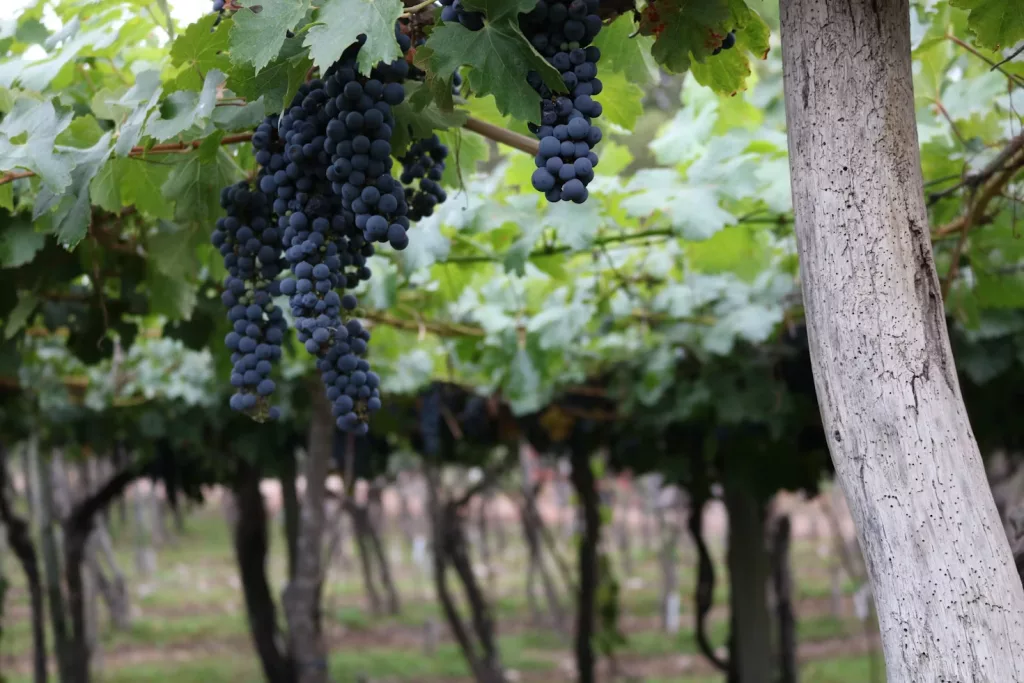
Argentinian wines are renowned worldwide for their quality and diversity. Argentina is one of the largest wine-producing countries in the world, with a long history of winemaking that dates back to the 16th century when Spanish colonists first planted grapevines in the region.
Argentina is perhaps best known for its Malbec wines. Malbec is originally a French grape variety but has found its true home in Argentina’s Mendoza region. Argentinian Malbec is celebrated for its deep color, robust flavor, and notes of dark fruits like plum and blackberry.
While Malbec is the superstar, Argentina also produces excellent wines from other grape varieties. These include Cabernet Sauvignon, Merlot, Syrah, and Tempranillo for red wines, and Torrontés and Chardonnay for white wines.
One of the defining features of Argentinian wine regions is their high altitude. Vineyards in places like Mendoza can be situated at elevations of 3,000 to 5,000 feet (900 to 1,500 meters) above sea level. This altitude contributes to the unique character and quality of Argentinian wines.
Argentina’s diverse geography and climates result in a wide range of terroirs, from the arid deserts of Mendoza to the cooler, more humid regions like Patagonia and Salta. This diversity allows for the production of various wine styles, from bold and fruity to elegant and structured.
Argentinian winemakers often use both traditional and modern winemaking techniques. Oak aging is common, and the country is known for producing rich, full-bodied wines.
Many Argentinian wineries are adopting organic and sustainable farming practices to preserve the environment and produce healthier grapes.
Argentina has developed a thriving wine tourism industry, with numerous wineries offering tours, tastings, and even accommodations for visitors. The scenic beauty of the wine regions and the opportunity to taste world-class wines make it a popular destination for wine enthusiasts.
What to visit?
Southern Highway
The Southern Highway (Carretera Austral) in Chile is one of the most famous and scenic routes in the country, offering travelers breathtaking views of Patagonian landscapes. It stretches for approximately 1,240 kilometers (770 miles) through the southern regions of Chile, including Los Lagos and Aysén, and provides access to remote areas and national parks.
The Carretera Austral passes through some of the most beautiful and remote landscapes in Chile. Travelers can expect to see lush forests, snow-capped mountains, glaciers, fjords, rivers, and pristine lakes along the route.
The highway provides access to numerous outdoor activities, such as trekking, kayaking, fishing, and camping. There are many opportunities to explore the natural beauty of the region.
This road takes you deep into the heart of Chilean Patagonia, offering a chance to experience the remote and wild environment of the region. It’s a paradise for nature enthusiasts and adventurers.
Along the Carretera Austral, you’ll find several national parks and nature reserves, including Queulat National Park, Patagonia Park, Cerro Castillo National Park, and more. These protected areas are great for hiking and wildlife viewing.
The towns and communities along the highway offer a glimpse into the local culture of the region. You can experience traditional Chilean Patagonian life and hospitality.
The Carretera Austral is not a fully paved highway, and some sections may be gravel or dirt roads. Travelers should be prepared for the challenging road conditions, especially in remote areas.
To navigate the numerous fjords and rivers, travelers often need to take ferries, which can be an adventure in itself. These ferries provide a unique way to explore the region.
The Carretera Austral is a fantastic destination for those seeking an authentic Patagonian adventure and a deep connection with nature. It is best explored during the summer months, from November to March, when the weather is more favorable and many outdoor activities are available. Travelers should plan carefully, bring essential supplies, and check the status of the road conditions before embarking on their journey.
Puerto Varas:
Puerto Varas is a picturesque city located in the Los Lagos Region of southern Chile. It is often referred to as the “City of Roses” due to its beautiful gardens and the numerous roses that adorn its streets.
Puerto Varas is situated on the eastern shore of Lake Llanquihue, the second-largest lake in Chile. The city is surrounded by stunning natural beauty, including the Osorno and Calbuco volcanoes, making it a popular destination for travelers seeking outdoor adventures and breathtaking views.
The city’s architecture and culture bear the influence of the early German settlers who arrived in the region during the 19th century. Many of the houses and buildings in Puerto Varas reflect this German heritage.
The city offers a picturesque waterfront promenade along Lake Llanquihue, where you can take leisurely walks and enjoy panoramic views of the lake and volcanoes. It’s a great place to relax and soak in the scenery.
Located nearby, the Vicente Pérez Rosales National Park is Chile’s oldest one and boasts natural wonders like the Petrohué Waterfalls and Todos los Santos Lake. It’s a fantastic place for hiking, wildlife viewing, and exploring the outdoors.
Puerto Varas is a hub for outdoor activities, such as hiking, mountain biking, kayaking, fishing, and even paragliding. The region’s natural beauty makes it an excellent destination for nature enthusiasts and adventure seekers.
Puerto Montt
Puerto Montt is a city in southern Chile, situated in the Los Lagos Region. It is the regional capital and one of the major urban centers in southern Chile.
With its airport as the main gateway to both Northern Patagonia and the Los Lagos and Volcanoes district. There are daily connections to Santiago and Punta Arenas. From here, it is possible to visit Chiloé Island, and start down the Carretera Austral. It is also the embarkation point for ferries and cruises that visit Patagonia.
Puerto Montt is the administrative and economic center of the Los Lagos Region, serving as a hub for government, commerce, and transportation in the area.
The city’s port is one of the busiest in Chile and plays a significant role in the country’s fishing and seafood industry. Visitors can observe the bustling activity in the port, and seafood lovers can enjoy fresh catches at the local markets and restaurants.
Angelmó is a well-known market in Puerto Montt where you can sample a variety of fresh seafood dishes and local cuisine. It’s a great place to experience Chilean culinary culture.
Puerto Montt is home to several beautiful churches, including the Cathedral of Puerto Montt, which features striking architecture.
Puerto Montt serves as a gateway for travelers heading to the nearby Chiloé Archipelago, known for its distinctive wooden churches, folklore, and unique culture. Ferries from Puerto Montt take passengers to the islands.
Puerto Montt is a city with a mix of commerce and culture, offering a unique blend of coastal life, regional cuisine, and access to the natural beauty of southern Chile. It’s a place where you can experience the hustle and bustle of a regional capital while being close to the serene landscapes and cultural treasures of the surrounding region.
Chiloé Island
Chiloé Island (Isla de Chiloé) is the largest island in the Chiloé Archipelago, located off the west coast of southern Chile. It is known for its distinct culture, beautiful landscapes, and unique architecture.
Chiloé Island has a rich cultural heritage that is deeply rooted in its indigenous Mapuche and Huilliche peoples, as well as Spanish and Chono influences. The island is known for its folklore, mythology, and unique traditions, including the famous Chilote mythology and legends.
Chiloé is renowned for its iconic wooden churches, many of which are UNESCO World Heritage Sites. These churches, built by the Jesuits and later by the local population, are known for their distinct architectural style and craftsmanship.
The island is famous for its palafitos, colorful houses built on stilts along the waterfront in towns like Castro. These traditional Chilote homes are a distinctive and picturesque feature of the island.
Chiloé Island is characterized by its lush, green landscapes, rolling hills, and forests. It’s a haven for nature enthusiasts, offering opportunities for birdwatching, hiking, and exploring the unique ecosystems of the region.
The island’s coastline features numerous inlets, fjords, and bays. It is an ideal location for boat tours, fishing, and marine wildlife observation, including penguins, dolphins, and sea lions.
Chilote cuisine is famous for its seafood, particularly “curanto”, a traditional dish prepared with shellfish, potatoes, sausage, and meat, cooked in a pit with heated stones. Seafood lovers will find plenty to savor on the island.
The island hosts various cultural festivals and events throughout the year, celebrating its rich traditions and heritage. One of the most famous is the Festival Costumbrista de Dalcahue.
Chiloé Island and the surrounding archipelago offer excellent opportunities for eco-tourism, with pristine natural areas, wetlands, and forests that attract nature lovers and conservationists.
Coihaique
Coihaique is a city located in the Aysén Region of Chile. It is the regional capital and the largest city in Aysén.
Coyhaique is surrounded by some of the most stunning natural landscapes in Chile. The region is known for its pristine rivers, lush forests, fjords, and snow-capped mountains. It’s a paradise for outdoor enthusiasts and nature lovers.
The Aysén Region, with Coyhaique as its gateway, offers a wide range of outdoor activities, including hiking, fly fishing, kayaking, and horseback riding. The area is especially famous for its world-class fly fishing in the many rivers and lakes.
Just a short drive from Coyhaique, Simpson River National Reserve is known for its beautiful landscapes, waterfalls, and hiking trails. It’s a great place to explore the natural beauty of the region.
You can experience the unique culture and traditions of the Patagonian people in Coyhaique. The local cuisine often features lamb dishes, and there are craft markets where you can find traditional Patagonian crafts.
The city has a growing craft beer scene, with several breweries offering a variety of artisanal beers. This is a great way to relax and enjoy local flavors after a day of outdoor adventures.
The region around Coyhaique includes several national parks, such as Cerro Castillo National Park and Patagonia National Park, providing opportunities for hiking and camping in pristine wilderness.
General Carrera Lake & Marble Caves
General Carrera Lake, also known as Lake Buenos Aires (on Argentinian Side), is a massive glacial lake located in the Aysén Region of southern Chile. One of its most famous natural wonders is the Marble Caves, which are a series of stunning natural formations along its shore.
General Carrera Lake is the second-largest lake in South America, covering an area of around 1,850 square kilometers. It is shared between Chile and Argentina, with the majority of its waters located in Chile.
The lake is known for its incredibly clear and vibrant blue waters, surrounded by dramatic Andean landscapes. The pristine beauty of the lake and its surroundings makes it a popular destination for nature lovers and outdoor enthusiasts.
One of the most famous attractions on the lake is the Marble Caves, known locally as “Catedral de Mármol” or “Marble Cathedral.” These caves are formed by the erosion of marble rock by the lake’s waters over millions of years.
The Marble Caves were created by the constant wave action of Lake General Carrera, which over time has carved intricate patterns and caves into the marble rock along the shoreline. These patterns and colors vary depending on the mineral content in the rock.
The Marble Caves are known for their striking colors, which can range from deep blue to vibrant turquoise. These colors are due to the lake’s clear water and the reflection of the sky and surrounding landscapes on the marble walls.
To visit the Marble Caves, visitors typically take boat tours from nearby towns, such as Puerto Río Tranquilo. These tours offer a chance to explore the caves up close and appreciate their beauty from the water.
The Marble Caves are a popular subject for photographers, as the changing light throughout the day and the unique textures of the marble make for stunning and ethereal images.
The combination of General Carrera Lake’s immense size and the surreal beauty of the Marble Caves makes this area a must-visit for travelers seeking natural wonders and unique geological formations in southern Chile. It’s a place where the elements of water, rock, and light come together to create a mesmerizing and unforgettable experience.
This area is also an excellent connection to Argentinian Patagonia, connecting the city of Chile Chico to the city of Los Antiguos in Argentina.
Brazilian Wines (BRA)
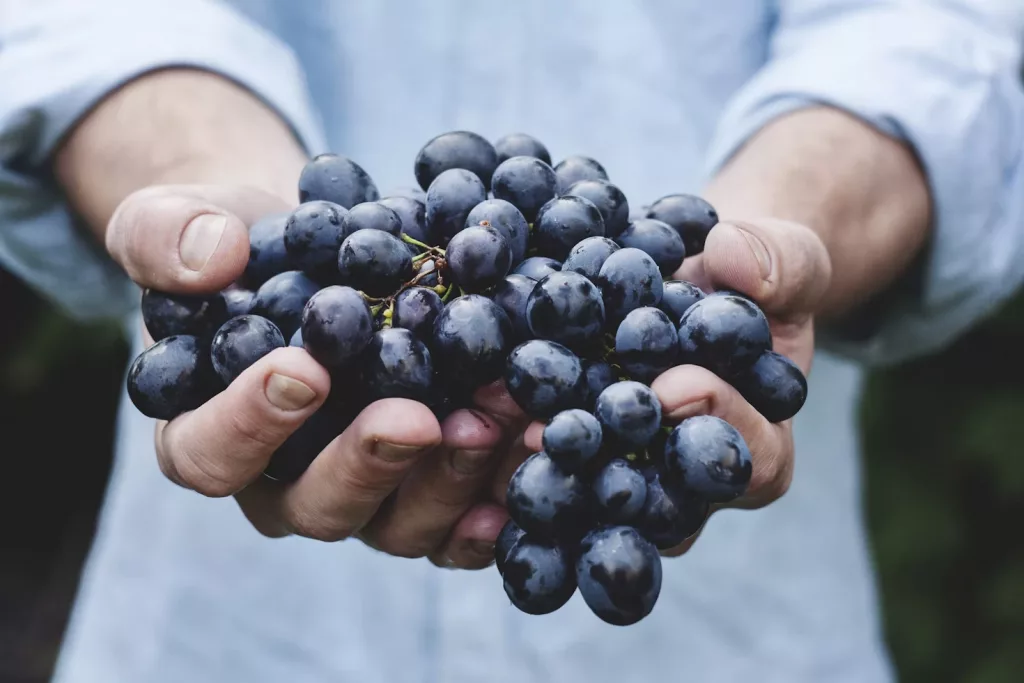
Brazilian wines have been gaining recognition and popularity in recent years. While Brazil may not be as well-known for its wine production as countries like France or Italy, it has a growing wine industry with several regions producing unique and flavorful wines.
Brazil cultivates a variety of grape types, including both indigenous and international varieties. Some of the most commonly grown grapes include Merlot, Cabernet Sauvignon, Chardonnay, and Sauvignon Blanc. Additionally, Brazilian vineyards produce wines using native grapes like Tannat and Malbec.
The two main wine-producing regions in Brazil are the Serra Gaúcha in the state of Rio Grande do Sul and the Vale do São Francisco in the Northeast. The Serra Gaúcha is known for its cooler climate and is similar to wine regions in Argentina and Chile, while the Vale do São Francisco has a hotter and more tropical climate.
Brazilian sparkling wines, especially those made in the traditional method (similar to Champagne), have received international acclaim. The sparkling wine produced in the Serra Gaúcha region, often using the Chardonnay and Pinot Noir grapes, is highly regarded and known as “Brazilian Champagne.”
Brazil is home to some unique grape varieties not commonly found in other wine-producing regions. For example, the grape Niágara Rosada is used to make a sweet and aromatic wine, while the Tannat grape is used to produce bold and robust red wines.
Many wineries in Brazil offer tours and tastings, making wine tourism a growing industry in the country. The picturesque landscapes of vineyards and wineries in regions like the Serra Gaúcha make for an attractive destination for wine enthusiasts.
What to visit?
Serra Gaucha Wine Region
The Serra Gaúcha is the most renowned and significant wine region in Brazil. Located in the southern state of Rio Grande do Sul, this region is characterized by its stunning landscapes, rolling hills, and a climate that is conducive to wine production.
The Serra Gaúcha is situated in the Southernmost part of Brazil, near the border with Argentina and Uruguay. It is part of the larger Serra Gaúcha region, which includes several sub-regions known for wine production, with Caxias do Sul and Bento Gonçalves being among the most prominent.
The climate in the Serra Gaúcha is characterized as subtropical, with cool winters and warm summers. The region’s elevation and proximity to the Atlantic Ocean influence its climate, resulting in a moderate temperature range that is favorable for grape cultivation. The cool nights and warm days contribute to the development of balanced acidity in the grapes.
The Serra Gaúcha is known for growing a wide variety of grapes, both traditional international varieties like Merlot, Cabernet Sauvignon, Chardonnay, and Pinot Noir, as well as indigenous varieties such as Tannat and Malvasia. The region’s terroir allows for the successful cultivation of these grapes, which are used to produce red, white, and sparkling wines.
One of the standout features of the Serra Gaúcha is its production of sparkling wines. The region is known for producing high-quality sparkling wines using traditional methods, similar to Champagne production. Chardonnay and Pinot Noir grapes are often used for these sparkling wines, which have gained recognition on the international stage.
The Serra Gaúcha is home to numerous wineries, some of which are well-established and internationally recognized. Many of these wineries are open to visitors and offer tours, tastings, and experiences, making wine tourism a significant part of the region’s economy. Visitors can explore the beautiful vineyards and wine making facilities while enjoying the local wines.
The Serra Gaúcha hosts various wine festivals throughout the year, celebrating the region’s viticultural heritage. The Festa da Uva (Grape Festival) in Caxias do Sul is one of the most famous, attracting visitors from all over Brazil and beyond.
Why people loves nave tours
 NMC2023-04-15A Special Travel Agent During our family's trip to Chile and Argentina from December 2022 to January 2023, Mario Mellado from Nave Tours provided exceptional service. Mario promptly responded to our requests and worked with us to create a customized itinerary that included excellent guides and hotel accommodations. Even when we faced an unexpected airline disruption that required several changes to our plans, Mario quickly responded and efficiently reworked our itinerary. He also ensured that we received eligible refunds for prepaid hotel costs. Mario went above and beyond to make our trip enjoyable, demonstrating a high level of care for our family's needs. Overall, we highly recommend Mario and Nave Tours for their excellent service.
NMC2023-04-15A Special Travel Agent During our family's trip to Chile and Argentina from December 2022 to January 2023, Mario Mellado from Nave Tours provided exceptional service. Mario promptly responded to our requests and worked with us to create a customized itinerary that included excellent guides and hotel accommodations. Even when we faced an unexpected airline disruption that required several changes to our plans, Mario quickly responded and efficiently reworked our itinerary. He also ensured that we received eligible refunds for prepaid hotel costs. Mario went above and beyond to make our trip enjoyable, demonstrating a high level of care for our family's needs. Overall, we highly recommend Mario and Nave Tours for their excellent service. Travelwag2023-03-26I highly recommend NAVE TOURS. I was struggling to book travel to Chile when I came across Chiara on a web search. I was reluctant to book with a company unknown to me, but after meeting face to face via WhatsApp with Chiara, my husband and I felt comfortable booking with her. She made excellent recommendations and saved us from spending time in undesirable locations. Chiara was exceptionally responsive and got back to me in a very timely manner as we worked to put an itinerary together. The 3 weeks went without a hitch. Incredibly all the tour guides and transfers arrived exactly as planned. The tours were all with English speaking guides and excellent. I can’t recommend this company enough. In regards to the payment, Nave suggested using WISE money transfer. This was a leap of faith for me as I was not familiar with this platform. The fees are exceptionally low for transfers. I took the plunge and hoped for the best and again, this payment method worked well. If we travel in South America again I will be booking with Nave Tours.
Travelwag2023-03-26I highly recommend NAVE TOURS. I was struggling to book travel to Chile when I came across Chiara on a web search. I was reluctant to book with a company unknown to me, but after meeting face to face via WhatsApp with Chiara, my husband and I felt comfortable booking with her. She made excellent recommendations and saved us from spending time in undesirable locations. Chiara was exceptionally responsive and got back to me in a very timely manner as we worked to put an itinerary together. The 3 weeks went without a hitch. Incredibly all the tour guides and transfers arrived exactly as planned. The tours were all with English speaking guides and excellent. I can’t recommend this company enough. In regards to the payment, Nave suggested using WISE money transfer. This was a leap of faith for me as I was not familiar with this platform. The fees are exceptionally low for transfers. I took the plunge and hoped for the best and again, this payment method worked well. If we travel in South America again I will be booking with Nave Tours. AHMED2023-01-02Tailored trips by Mario(Nave Tours) Mario arranged everything in my trip from A to Z tailored on my requirements, and given attention to details based on previous trips which he arranged(like in what are my accommodation preferences, duration of stays, private transportation , etc.). In addition, the people who pick me up from airport are always English speakers, friendly and besides they are locals. So they explain detailed history of the places visiting and also offering any sort of support needed. I only rely on Mario for my Central/South American countries, highly recommended!!
AHMED2023-01-02Tailored trips by Mario(Nave Tours) Mario arranged everything in my trip from A to Z tailored on my requirements, and given attention to details based on previous trips which he arranged(like in what are my accommodation preferences, duration of stays, private transportation , etc.). In addition, the people who pick me up from airport are always English speakers, friendly and besides they are locals. So they explain detailed history of the places visiting and also offering any sort of support needed. I only rely on Mario for my Central/South American countries, highly recommended!! Erin P2022-12-12Definitely worth hiking Aguas de Ramon in Santiago We used nave tours to hike Aguas de Ramon outside of Santiago! He booked a guide for us that arranged communication, pick up, drop off, park fees, and info. Our guide was wonderful and very accommodating. He carried our extra water and let one of us use his hiking stick. It would have been a much less enjoyable hike without his presence!
Erin P2022-12-12Definitely worth hiking Aguas de Ramon in Santiago We used nave tours to hike Aguas de Ramon outside of Santiago! He booked a guide for us that arranged communication, pick up, drop off, park fees, and info. Our guide was wonderful and very accommodating. He carried our extra water and let one of us use his hiking stick. It would have been a much less enjoyable hike without his presence! Marian S2020-03-06Made to feel special I travelled solo to Chile in February 2020. I booked an Antarctic Cruise leaving from Punta Arenas and wanted activities on either side of the cruise dates that would give me a fair view of what Chile is like. After months of exploring ideas, available tours and costs I despaired at finding anything suitable that did not involve paying a single supplement for accommodation or space on a tour. I Googled for travel agents with specialised knowledge of Chile and asked for help in securing single-priced accommodation in specific places. Only one agent responded - Nave Tours. Within no time Mario and I agreed on places and activities. He gave valuable input on my ideas and was accommodating in my wish to experience the Mapuche culture. His arrangements here exceeded my expectations.Two weeks before I was due to leave for Chile my Antarctic cruise was cancelled, leaving a gaping hole in my itinerary. Within three days of asking Mario to help fill the gap and expand the range of places to see, it was all finalised and paid for. He extended my scope to include the desert area around La Serena because he knew I'd be interested in indigenous culture. This was a superb idea.The logistics of travel went off without a hitch. Where travel time was long he ensured that my driver was English speaking so I could have conversations about Chile, its culture, history and current tensions. Every plane was met. Each hotel booked without complications on arrival or departure.Mario's email responses to my queries from the far side of the Atlantic at all hours made me feel he didn't sleep much and that I was the only client who mattered. I felt super safe in his hands. I could relax and enjoy my holiday.
Marian S2020-03-06Made to feel special I travelled solo to Chile in February 2020. I booked an Antarctic Cruise leaving from Punta Arenas and wanted activities on either side of the cruise dates that would give me a fair view of what Chile is like. After months of exploring ideas, available tours and costs I despaired at finding anything suitable that did not involve paying a single supplement for accommodation or space on a tour. I Googled for travel agents with specialised knowledge of Chile and asked for help in securing single-priced accommodation in specific places. Only one agent responded - Nave Tours. Within no time Mario and I agreed on places and activities. He gave valuable input on my ideas and was accommodating in my wish to experience the Mapuche culture. His arrangements here exceeded my expectations.Two weeks before I was due to leave for Chile my Antarctic cruise was cancelled, leaving a gaping hole in my itinerary. Within three days of asking Mario to help fill the gap and expand the range of places to see, it was all finalised and paid for. He extended my scope to include the desert area around La Serena because he knew I'd be interested in indigenous culture. This was a superb idea.The logistics of travel went off without a hitch. Where travel time was long he ensured that my driver was English speaking so I could have conversations about Chile, its culture, history and current tensions. Every plane was met. Each hotel booked without complications on arrival or departure.Mario's email responses to my queries from the far side of the Atlantic at all hours made me feel he didn't sleep much and that I was the only client who mattered. I felt super safe in his hands. I could relax and enjoy my holiday. Esther C2020-01-27trip of a lifetime i was googling for agents who could plan a trip to patagonia that would cover 1) all the places i wanted and 2) for the dates that i could travel. loads of agencies out there but nothing that fit my bill or wallet. stumbled across Nanook, which is essentially a matchmaker between you and one of their agents local to the place you want to go, and that’s how i met Mario of Navetours. Mario’s emails may come across curt at first, but i realised that’s just how he phrases things. almost every email i sent was promptly replied to, and with the information i needed. as a solo female, i had loads of questions and concerns about my safety, but Mario was able to put me at ease. when the protests in santiago broke out, he also kept me updated and even offered to change hotels for me to a suburb that was safer and further away from the protests. the tours that he arranged for me were great. i enjoyed myself immensely travelling to south patagonia, tierra del fuego and atacama. the pace was just nice and the people i’ve met were great and friendly too! whatever activities and hikes i wanted to do, mario was able to recommend the right ones. if there’s one that was slightly economically unsound, Mario also made sure that i know before i make any commitment.we kept in constant contact throughout my trip using WhatsApp, which was great for when there’s any issue. the only qualm i had was with the Keoken Hostel; the staff was aloof and even grumpy when they realised i was right and had a reservation with them - when it was actually their staff who forgot to key it in after receiving payment months ago. i’m sure there’re way better accommodations in Punta Arenas. in any case, i would highly recommend Mario and Navetours if you’re heading to Patagonia!
Esther C2020-01-27trip of a lifetime i was googling for agents who could plan a trip to patagonia that would cover 1) all the places i wanted and 2) for the dates that i could travel. loads of agencies out there but nothing that fit my bill or wallet. stumbled across Nanook, which is essentially a matchmaker between you and one of their agents local to the place you want to go, and that’s how i met Mario of Navetours. Mario’s emails may come across curt at first, but i realised that’s just how he phrases things. almost every email i sent was promptly replied to, and with the information i needed. as a solo female, i had loads of questions and concerns about my safety, but Mario was able to put me at ease. when the protests in santiago broke out, he also kept me updated and even offered to change hotels for me to a suburb that was safer and further away from the protests. the tours that he arranged for me were great. i enjoyed myself immensely travelling to south patagonia, tierra del fuego and atacama. the pace was just nice and the people i’ve met were great and friendly too! whatever activities and hikes i wanted to do, mario was able to recommend the right ones. if there’s one that was slightly economically unsound, Mario also made sure that i know before i make any commitment.we kept in constant contact throughout my trip using WhatsApp, which was great for when there’s any issue. the only qualm i had was with the Keoken Hostel; the staff was aloof and even grumpy when they realised i was right and had a reservation with them - when it was actually their staff who forgot to key it in after receiving payment months ago. i’m sure there’re way better accommodations in Punta Arenas. in any case, i would highly recommend Mario and Navetours if you’re heading to Patagonia! Monika M2019-10-07Great service and professional partner. Great service for our travel agency's client from Poland. Nave Tours organized a tailor made trip lasting over 3 weeks including Argentina, Uruguay and Brazil. The cooperation was fantastic and very professional on each step - from planning till the end of guest's trip. Great people, very helpful and perfect organization. An unforgettable experience for our client. We are looking forward to working with you again.
Monika M2019-10-07Great service and professional partner. Great service for our travel agency's client from Poland. Nave Tours organized a tailor made trip lasting over 3 weeks including Argentina, Uruguay and Brazil. The cooperation was fantastic and very professional on each step - from planning till the end of guest's trip. Great people, very helpful and perfect organization. An unforgettable experience for our client. We are looking forward to working with you again. Ida Elise T2019-07-30Peru and Bolivia Very good service and help to create the perfect in Peru and Boliva. Included all the highlights we wanted to see and made a program that was easy to understand and where all the details were included.
Ida Elise T2019-07-30Peru and Bolivia Very good service and help to create the perfect in Peru and Boliva. Included all the highlights we wanted to see and made a program that was easy to understand and where all the details were included. joeymantua2019-06-05Amazing tour guide and enriching cultural experience I went on a study abroad trip with my school visiting Santiago (Chile), Valparaiso (Chile), and Buenos Aires (Argentina). My group's tour guide Mario was personable, informative and great at planning activities. Not only did he take us to great restaurants and tourist attractions but he also provided us with recommendations for when we had nothing planned. Mario's dedication to our group was incredible and he definitely left a positive mark on me and my whole group.
joeymantua2019-06-05Amazing tour guide and enriching cultural experience I went on a study abroad trip with my school visiting Santiago (Chile), Valparaiso (Chile), and Buenos Aires (Argentina). My group's tour guide Mario was personable, informative and great at planning activities. Not only did he take us to great restaurants and tourist attractions but he also provided us with recommendations for when we had nothing planned. Mario's dedication to our group was incredible and he definitely left a positive mark on me and my whole group. Christina2019-06-04An unforgettable experience. For two weeks, I as well as 19 of my peers went on a study abroad trip to Santiago, Chile and Buenos Aires, Argentina with Mario as our tour guide. This was my first time ever traveling out of the United States and everything was EXCELLENT. Mario truly made it an unforgettable experience. He was always patient with our group, made sure everything was scheduled accordingly, and was able to bounce back and work quickly to resolve any bumps that came along. His outgoing and caring personality made the trip even more enjoyable, and I was genuinely sad to see him go when our trip was over.
Christina2019-06-04An unforgettable experience. For two weeks, I as well as 19 of my peers went on a study abroad trip to Santiago, Chile and Buenos Aires, Argentina with Mario as our tour guide. This was my first time ever traveling out of the United States and everything was EXCELLENT. Mario truly made it an unforgettable experience. He was always patient with our group, made sure everything was scheduled accordingly, and was able to bounce back and work quickly to resolve any bumps that came along. His outgoing and caring personality made the trip even more enjoyable, and I was genuinely sad to see him go when our trip was over.
HAVEN’t decided yet?
Let our experts help. Contact us and let’s plan toghether your next trip.
Things not to miss when visiting southamerican wines
Amazing wines while you discover the mystic of the Andes terroir
Concha y Toro
Concha y Toro is one of the largest and most famous wineries in Chile. They offer guided tours of their beautiful vineyards and cellars, where you can learn about the winemaking process and taste their wines. The winery is known for its Casillero del Diablo line of wines.
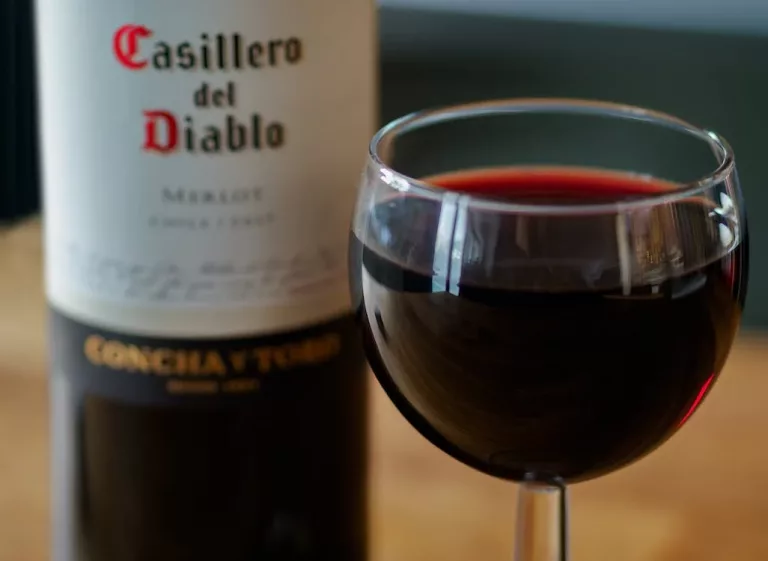
Santa Rita
The Santa Rita winery is another iconic establishment in the Maipo Valley. They offer guided tours that include a visit to the Andean Museum, which houses a valuable collection of pre-Columbian art.
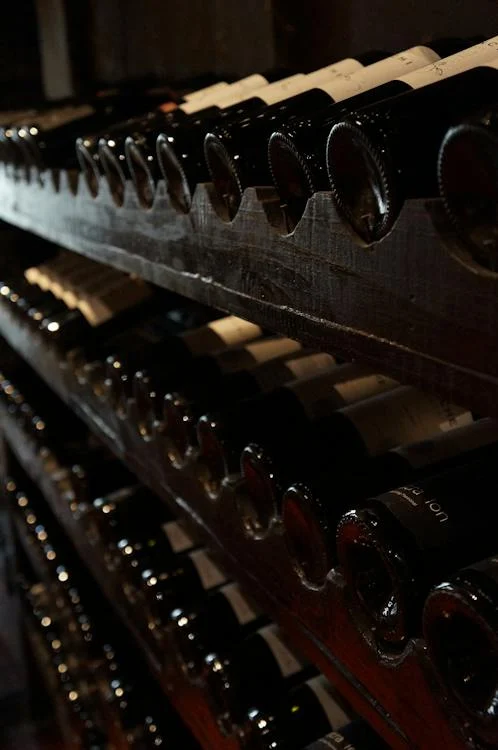
Cousiño Macul
This is one of the oldest wineries in Chile, dating back to 1856. Cousiño Macul offers tours and tastings, allowing visitors to explore their historic vineyards and cellars.
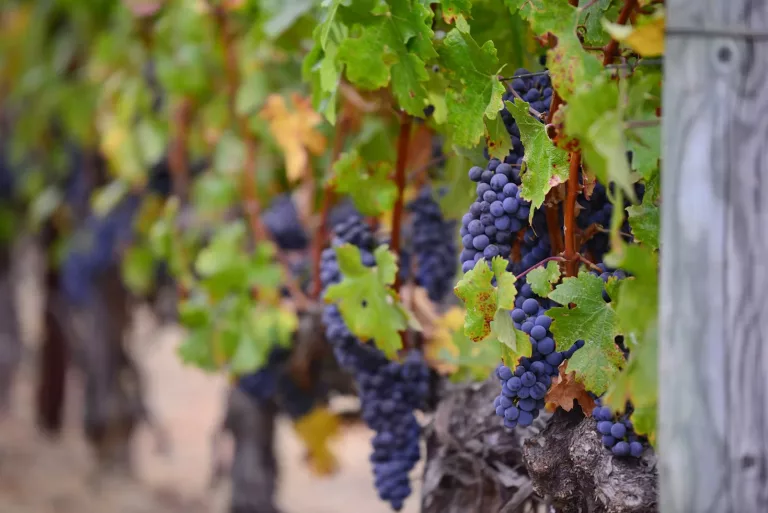
Viña Undurraga
Undurraga is known for its beautiful gardens and colonial-style architecture. Their tours include visits to the vineyards, cellars, and a wine tasting.
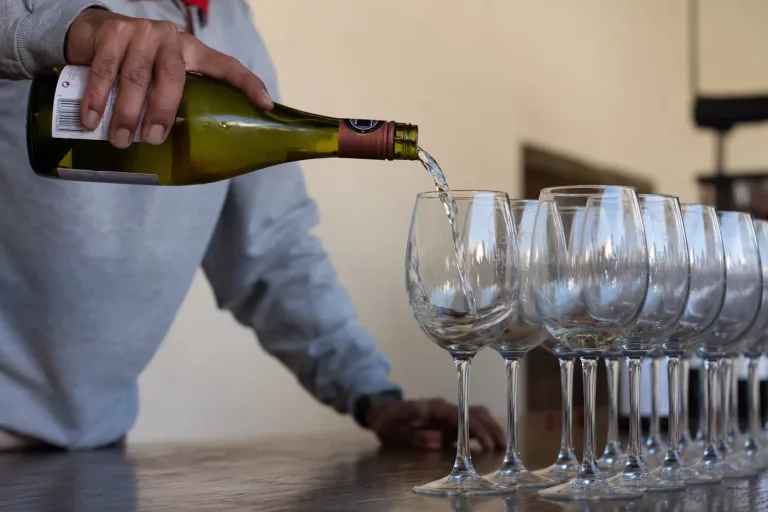
Haras de Pirque
This winery combines wine production with a passion for horses. You can take a tour of their vineyards and cellars and enjoy wine tasting while surrounded by stunning equestrian-themed artwork and architecture.
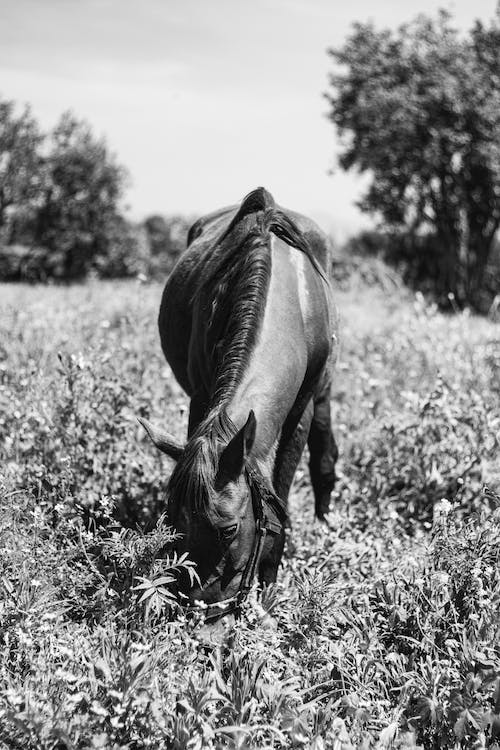
Viña Emiliana
This winery is notable for its organic and biodynamic farming practices. Emiliana offers tours that provide insight into their sustainable approach to winemaking.
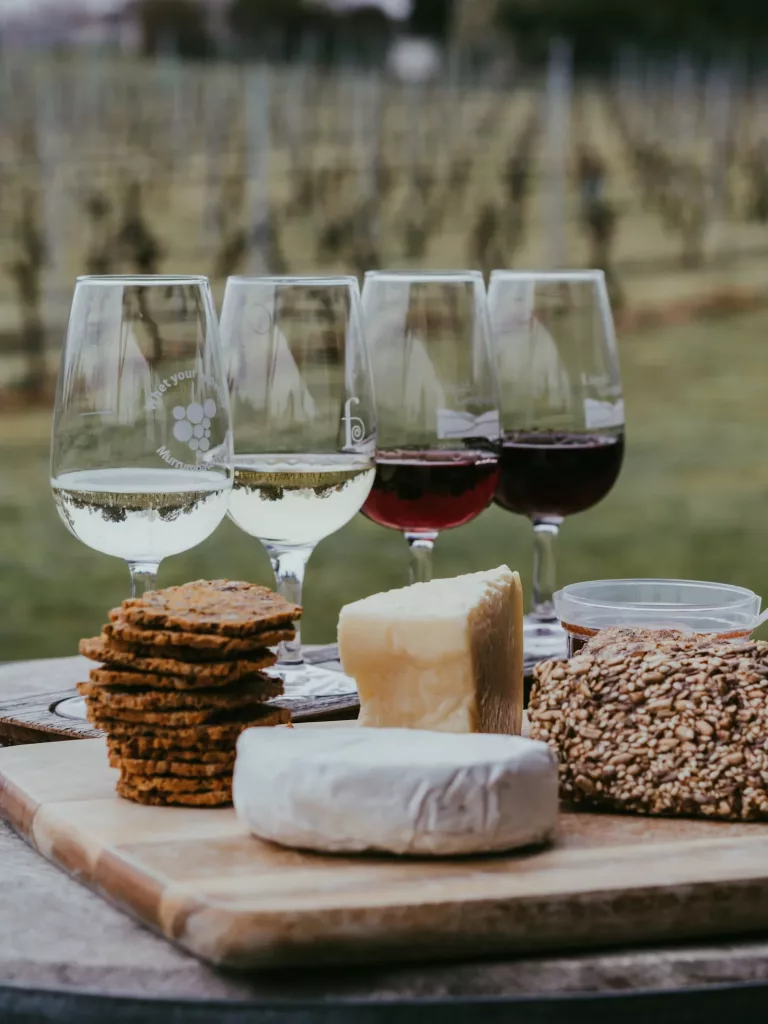
Viña Matetic
Matetic is not only a winery but also a biodynamic farm with a commitment to sustainability. Their tours include a visit to their vineyards, cellar, and a wine tasting.
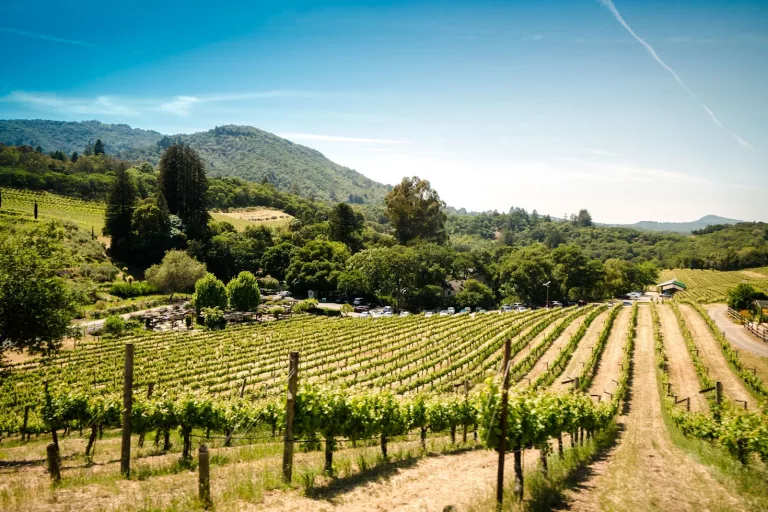
Bodegas RE
If you’re interested in exploring boutique wineries, consider visiting Bodegas RE in the Casablanca Valley as well. They offer personalized tours and tastings.
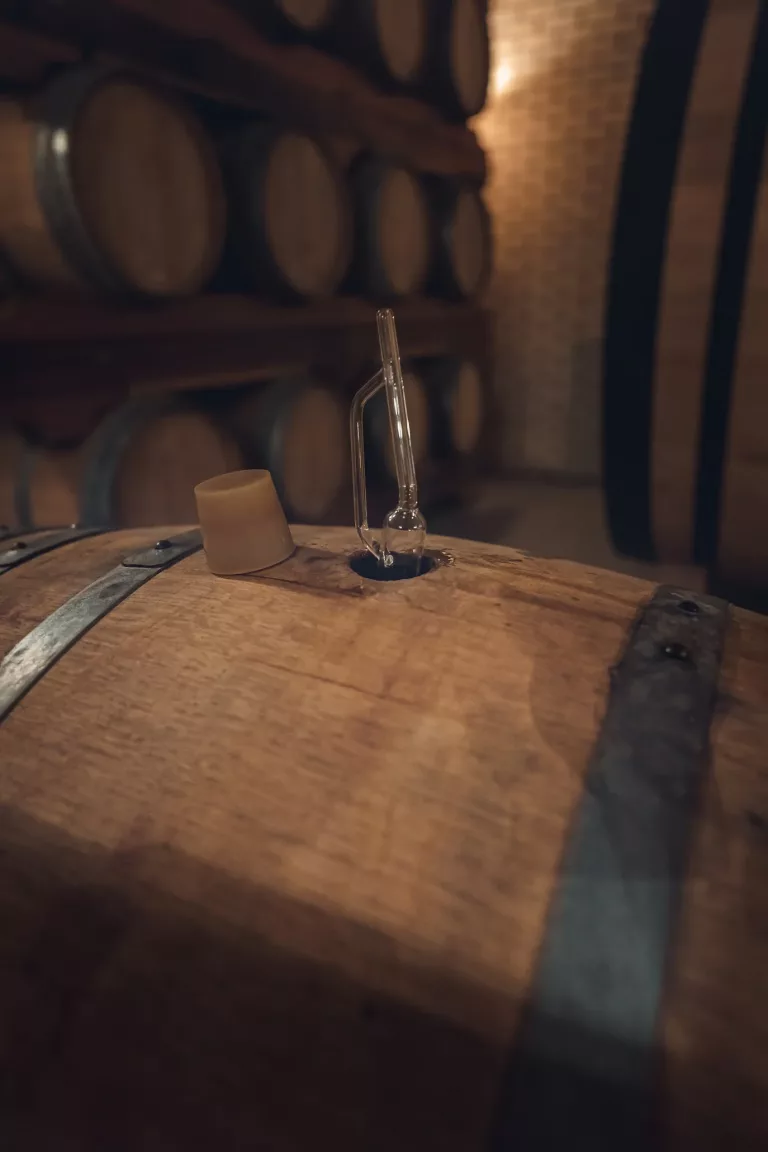
Viña Indomita
Indomita is known for its striking hilltop winery with panoramic views of the valley. Their tours include tastings of a variety of wines, including their popular Sauvignon Blanc and Cabernet Sauvignon.
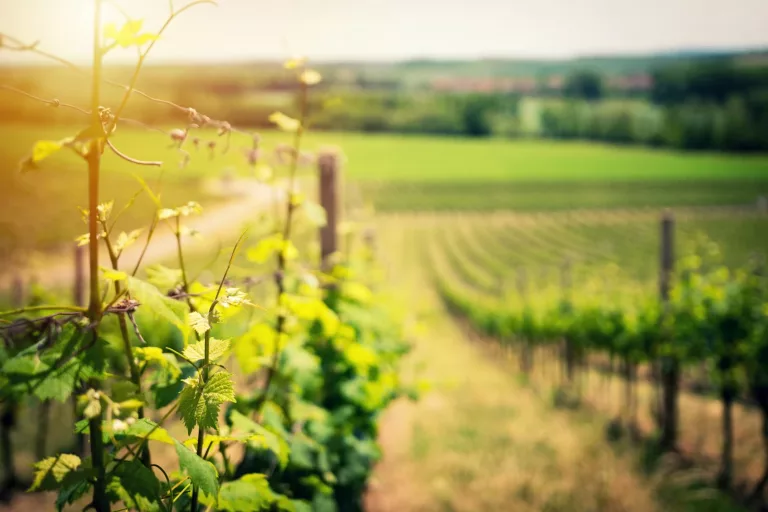
Viña Montes
Montes is one of the most famous wineries in Chile and is known for producing high-quality wines. They offer guided tours of their vineyards and state-of-the-art winery, as well as tastings of their iconic Montes Alpha and Purple Angel wines.
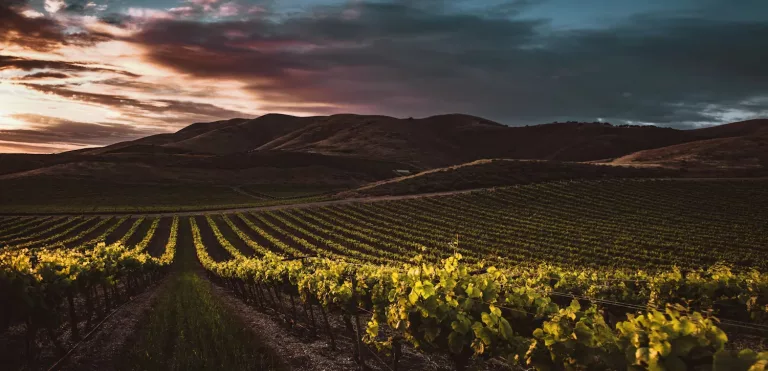
Viña Lapostolle
Lapostolle is a winery that combines modern architecture with traditional winemaking practices. They offer tours that include a visit to their vineyards and a tasting of their premium Clos Apalta wine.
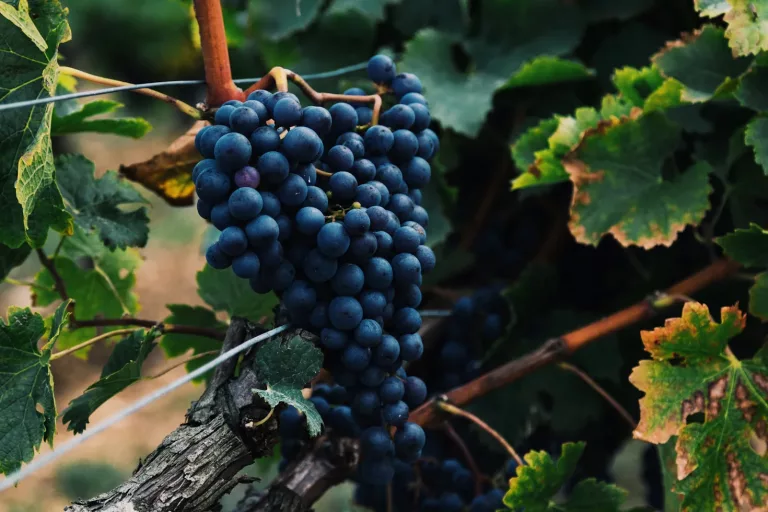
Viña Viu Manent
Viu Manent is known for its charming colonial-style estate and horse-drawn carriage tours of their vineyards. Their tours often include wine tastings and opportunities to taste young wines directly from the barrel.
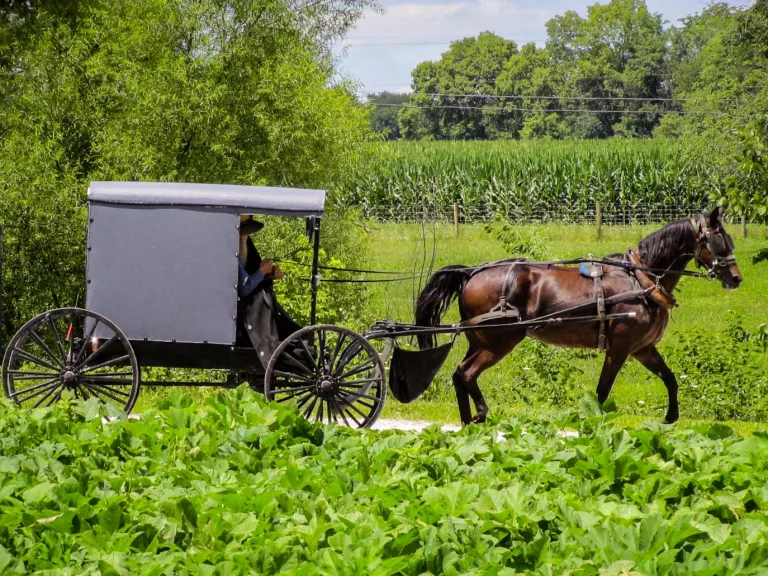
Viña Santa Cruz
This winery is part of the Santa Cruz Wine Route and is known for its scenic location and cultural attractions, including a wine museum and a cable car ride offering panoramic views of the valley. You can also enjoy wine tastings here.
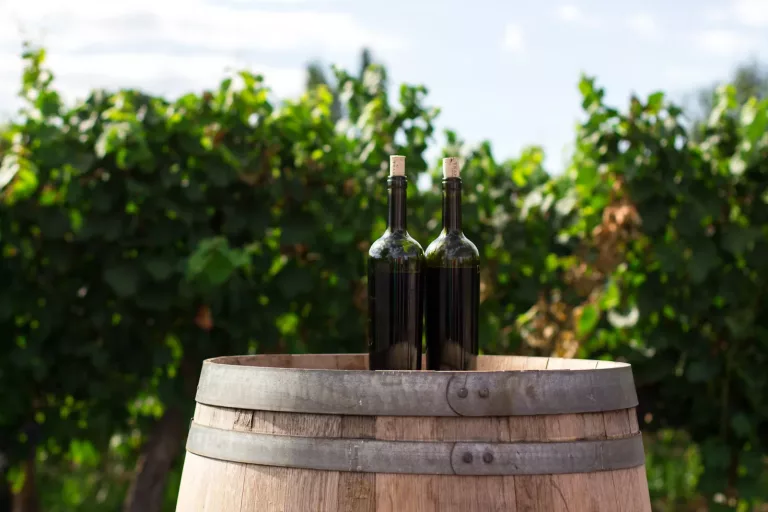
Bodega Catena Zapata
Catena Zapata is one of Argentina’s most prestigious wineries, known for its Malbec wines. They offer tours that take visitors through their vineyards and showcase their winemaking process.
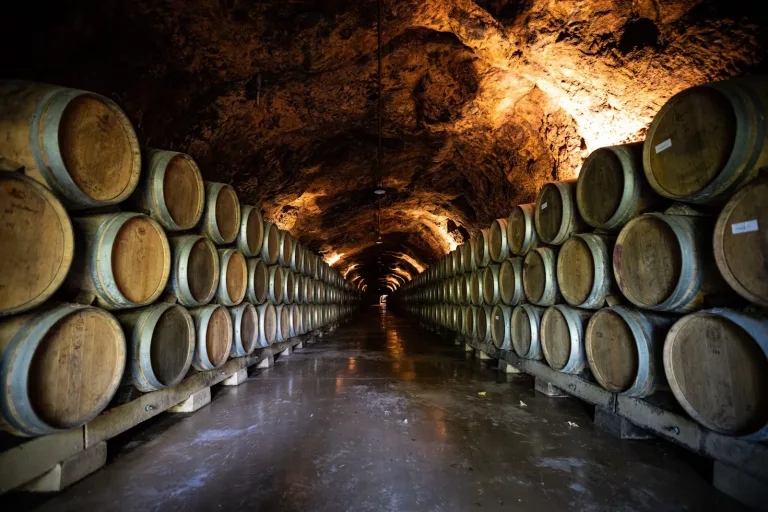
Bodega Norton
Norton is another well-known winery in Mendoza, famous for its Malbec and Cabernet Sauvignon. They provide tours of their estate and cellar, followed by tastings.
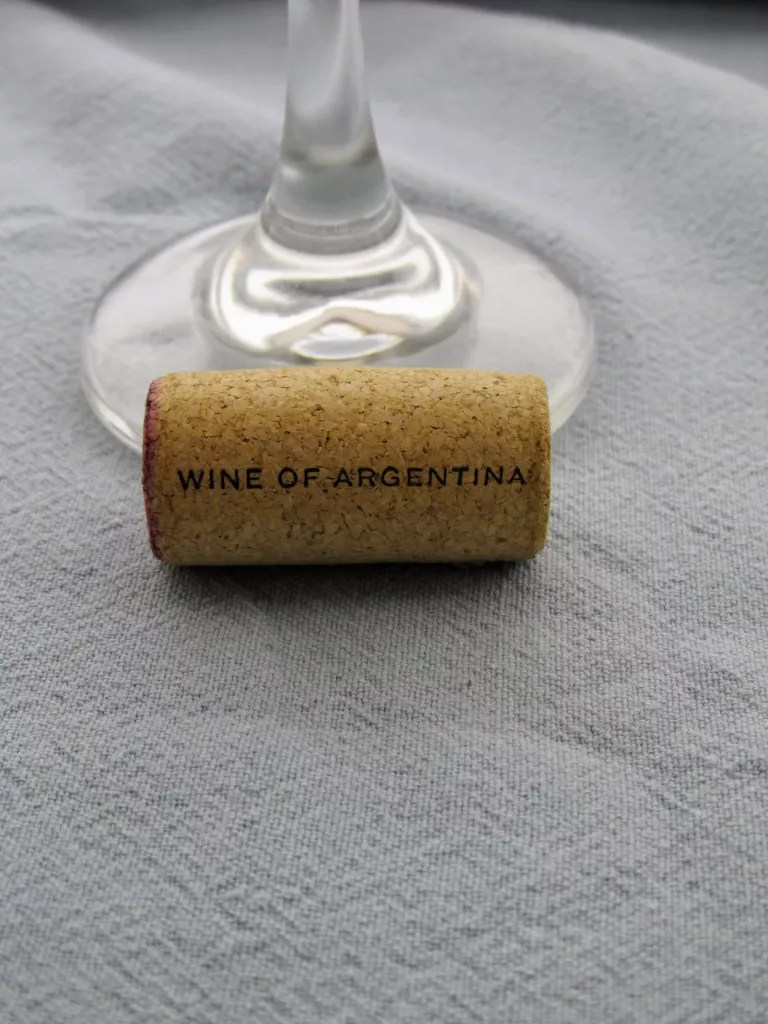
Bodega Ruca Malen
Ruca Malen is known for its premium wines and stunning architecture. They offer guided tours, often including wine and food pairings in their restaurant with panoramic views.
Bodega Salentein: Salentein is located in the Uco Valley, known for its high-altitude vineyards. They offer tours of their modern winery and an art gallery with a collection of contemporary Argentine art.
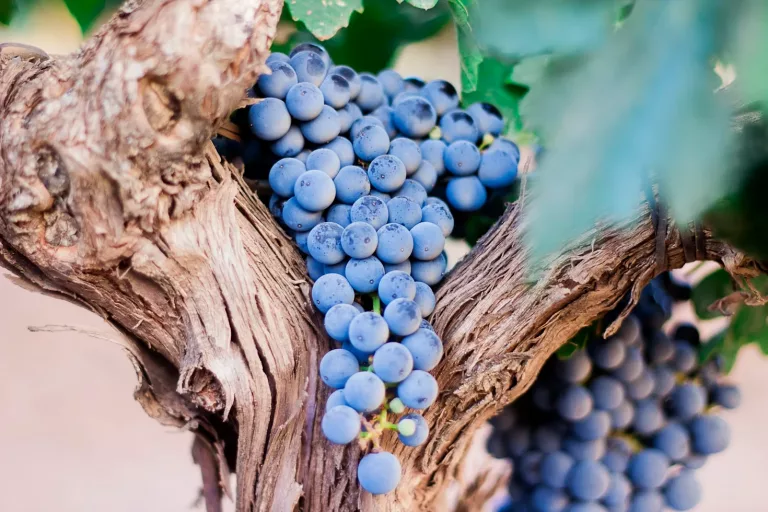
Bodega Salentien
Salentein is located in the Uco Valley, known for its high-altitude vineyards. They offer tours of their modern winery and an art gallery with a collection of contemporary Argentine art.
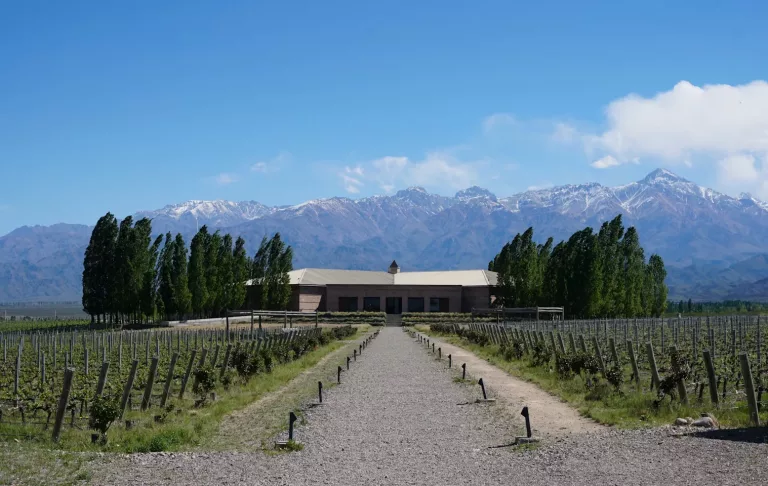
Bodega Septima
Septima is known for its scenic location at the foot of the Andes Mountains. They provide tours that explore their vineyards and cellars, followed by tastings of their wines.
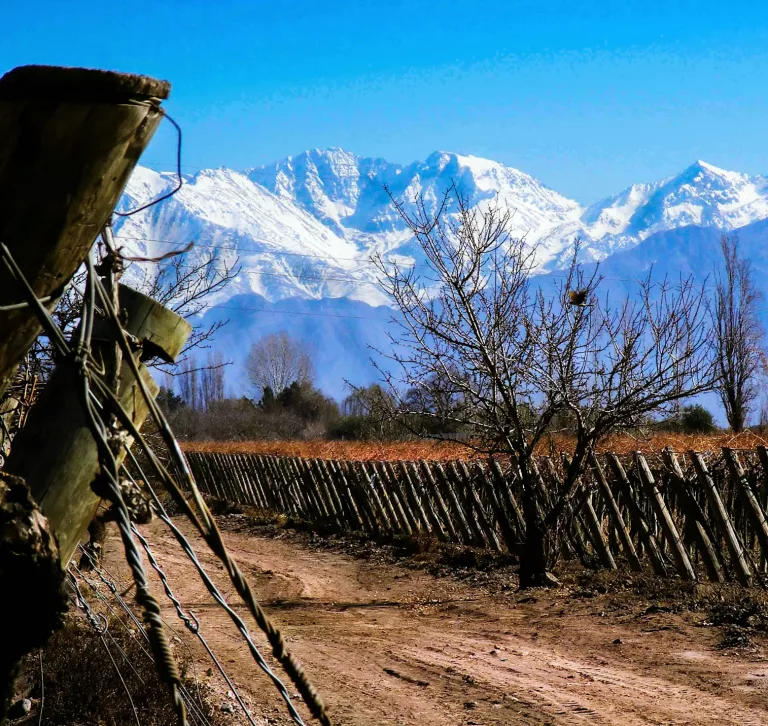
Bodega Zuccardi
Zuccardi is known for its family-owned winery and sustainable practices. They offer tours that include visits to their vineyards, a modern winery, and tastings.
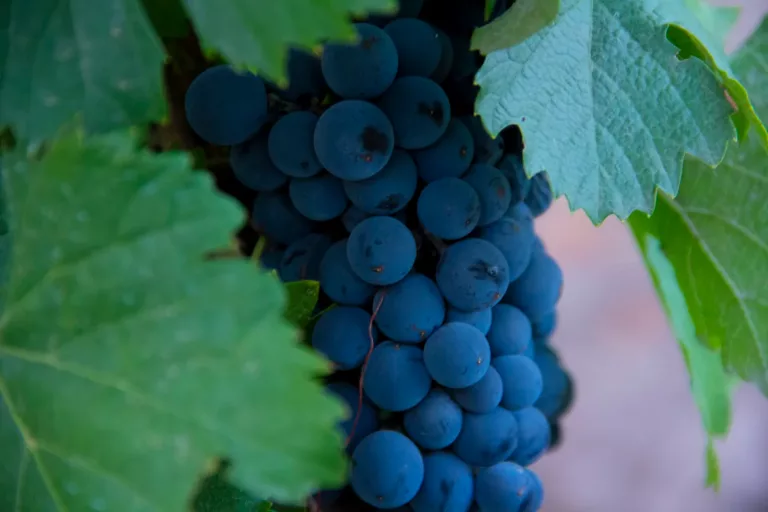
Bodega Luigi Bosca
Luigi Bosca is one of the oldest wineries in Argentina, known for its rich history and Malbec wines. They offer tours that delve into their winemaking heritage and include tastings.
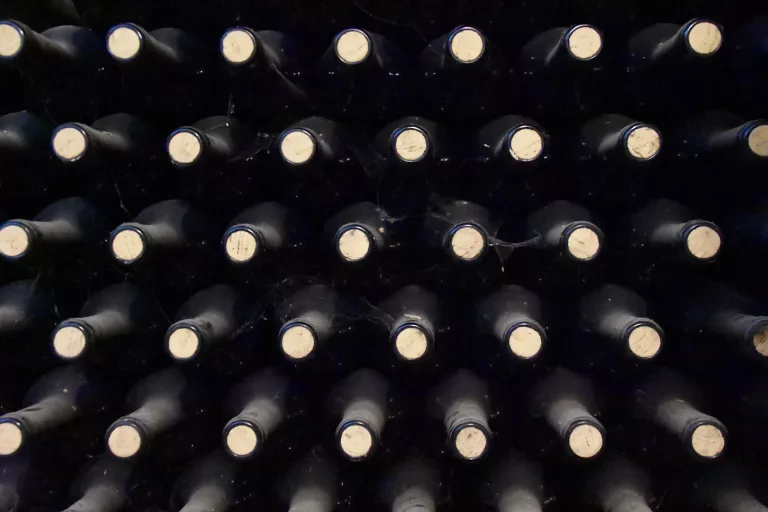
Casa Valduga
Casa Valduga is one of the most renowned wineries in Brazil, known for its sparkling wines. They offer guided tours of their vineyards, cellars, and a tasting of their wines. The winery also has a charming restaurant.
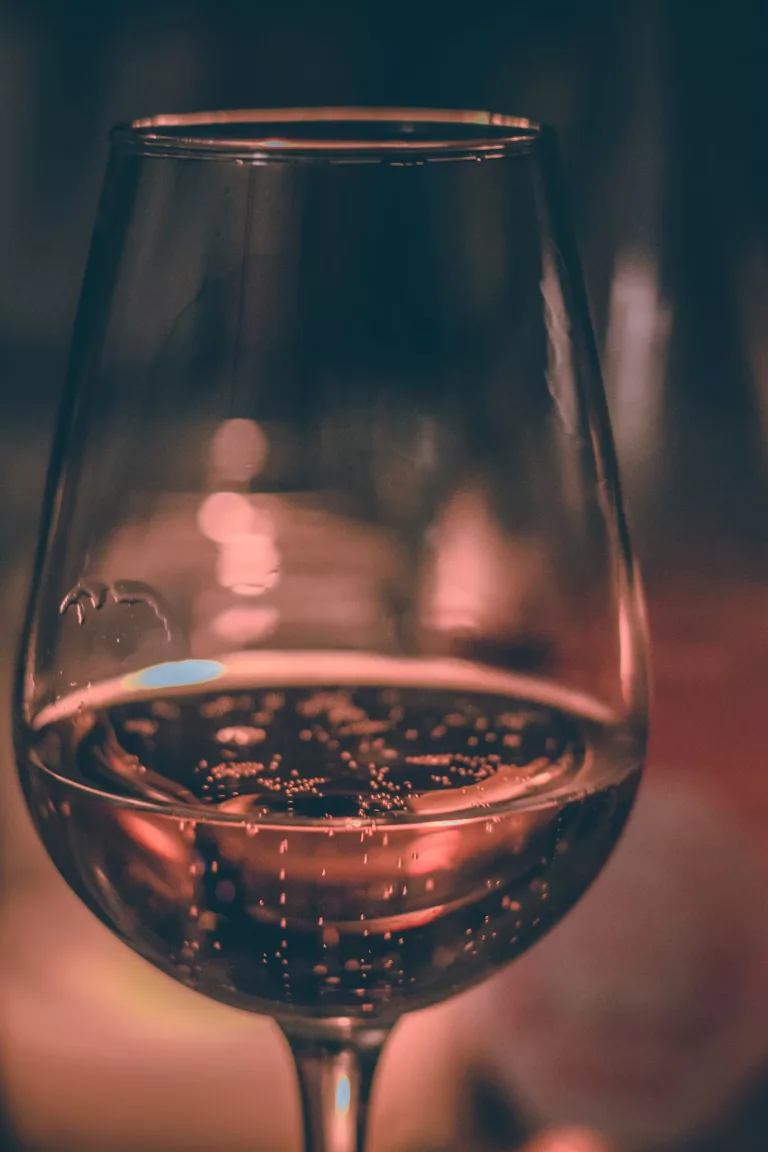
Miolo Wine Group
Miolo is one of the largest wine producers in Brazil, and they have several wineries in the Serra Gaúcha region. You can visit Miolo’s Almadén winery, tour their vineyards, and taste a variety of wines.
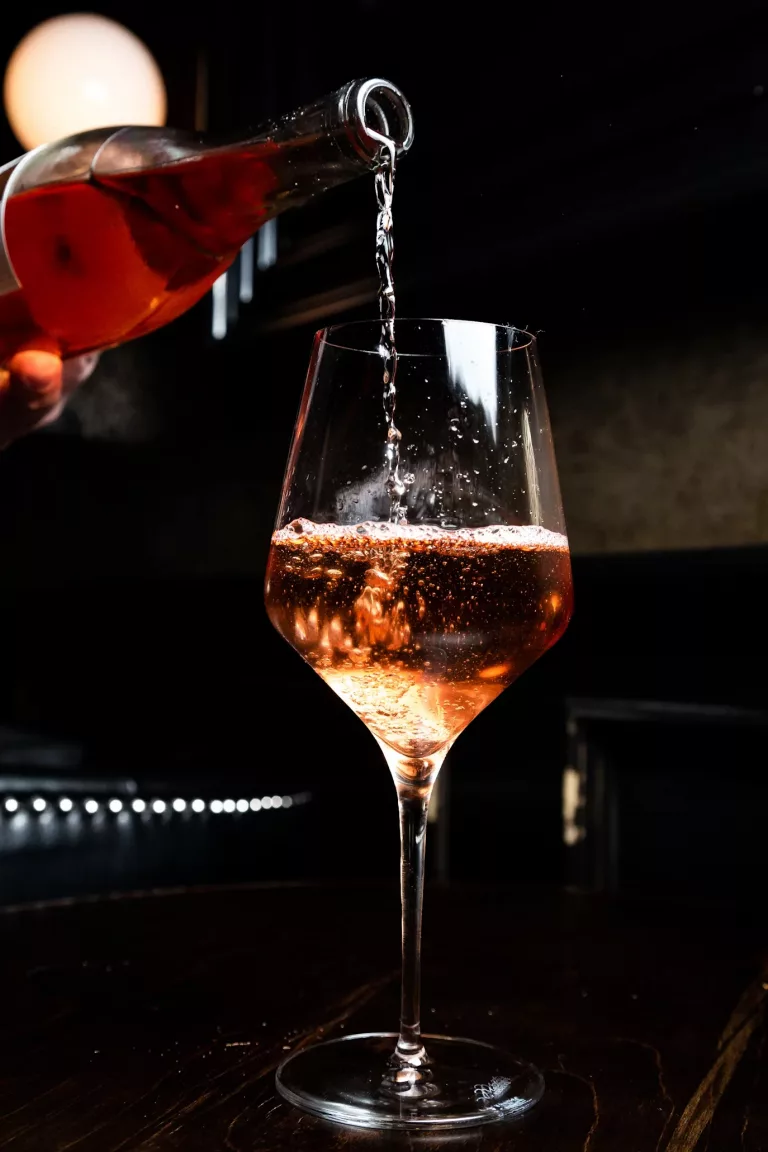
Salton
Salton is another prominent Brazilian winery that offers tours and tastings. They have a wide range of wines, including sparkling wines, and a beautiful property to explore.
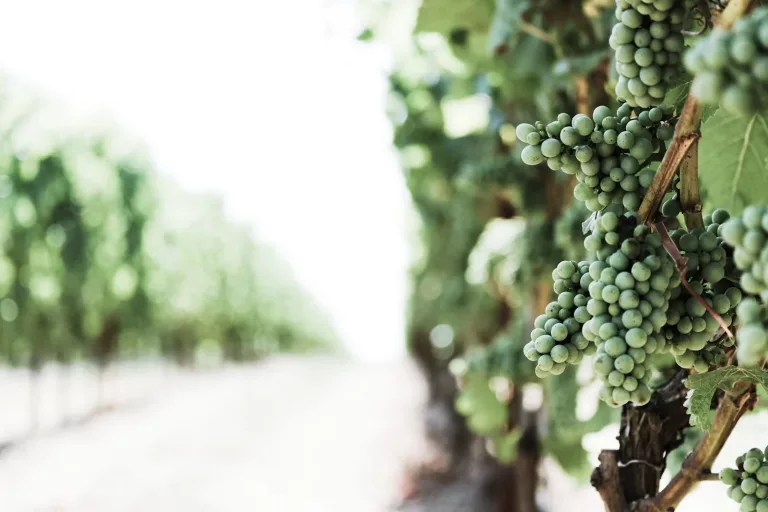
Vinícola Aurora
Aurora is one of Brazil’s oldest and largest cooperatives, known for its diverse range of wines. They offer tours that provide insights into the cooperative winemaking process.
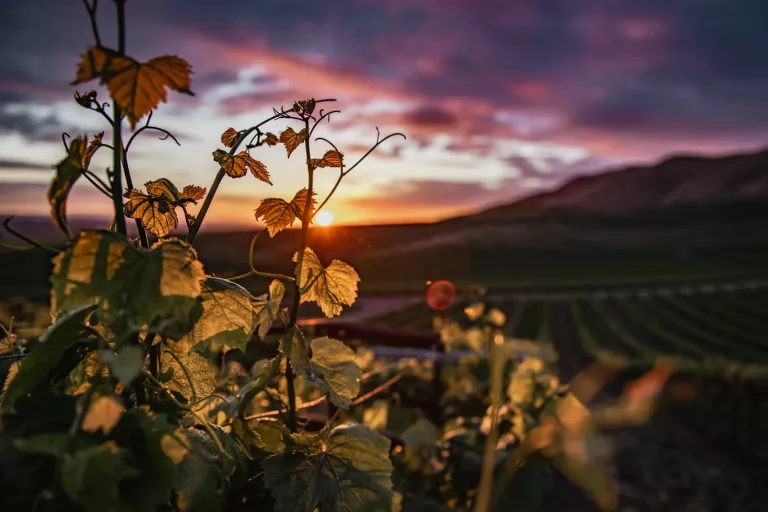
Valle Rustico
Valle Rustico is a small, organic winery with a focus on sustainability. They offer personalized tours and tastings in a tranquil setting.
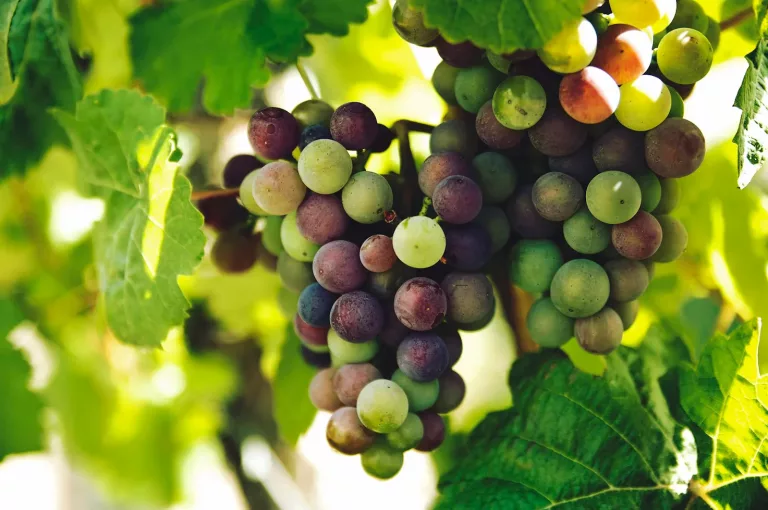
Casa Madeira
Casa Madeira is known for its fortified wines and unique tasting experiences. They offer tours and tastings, including pairings with chocolate and cheese.
